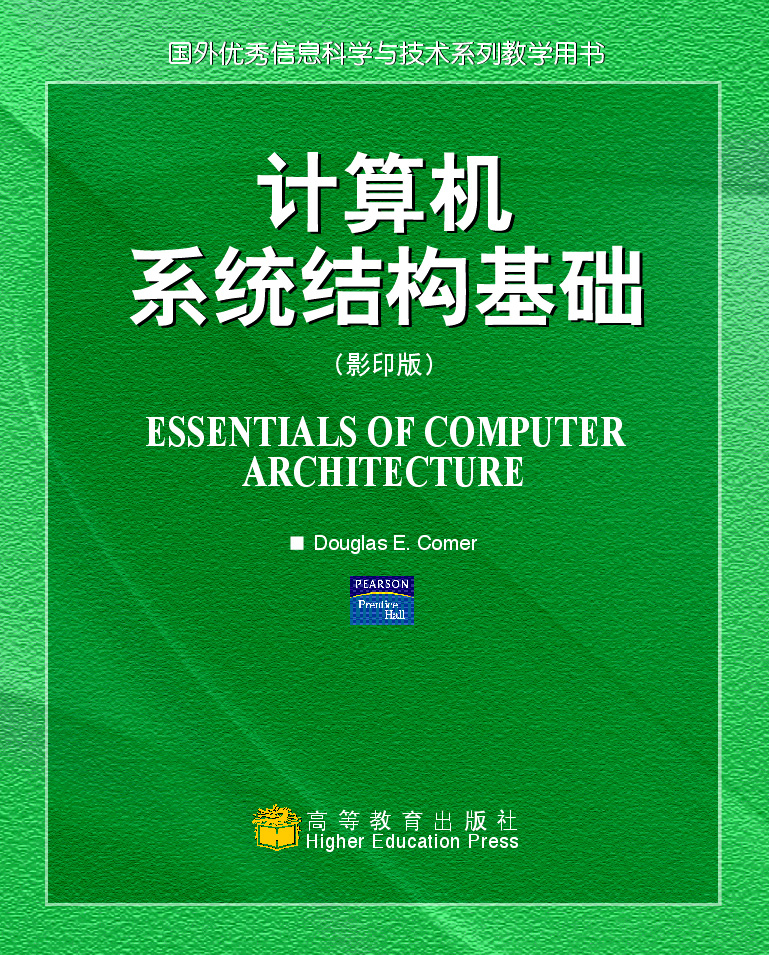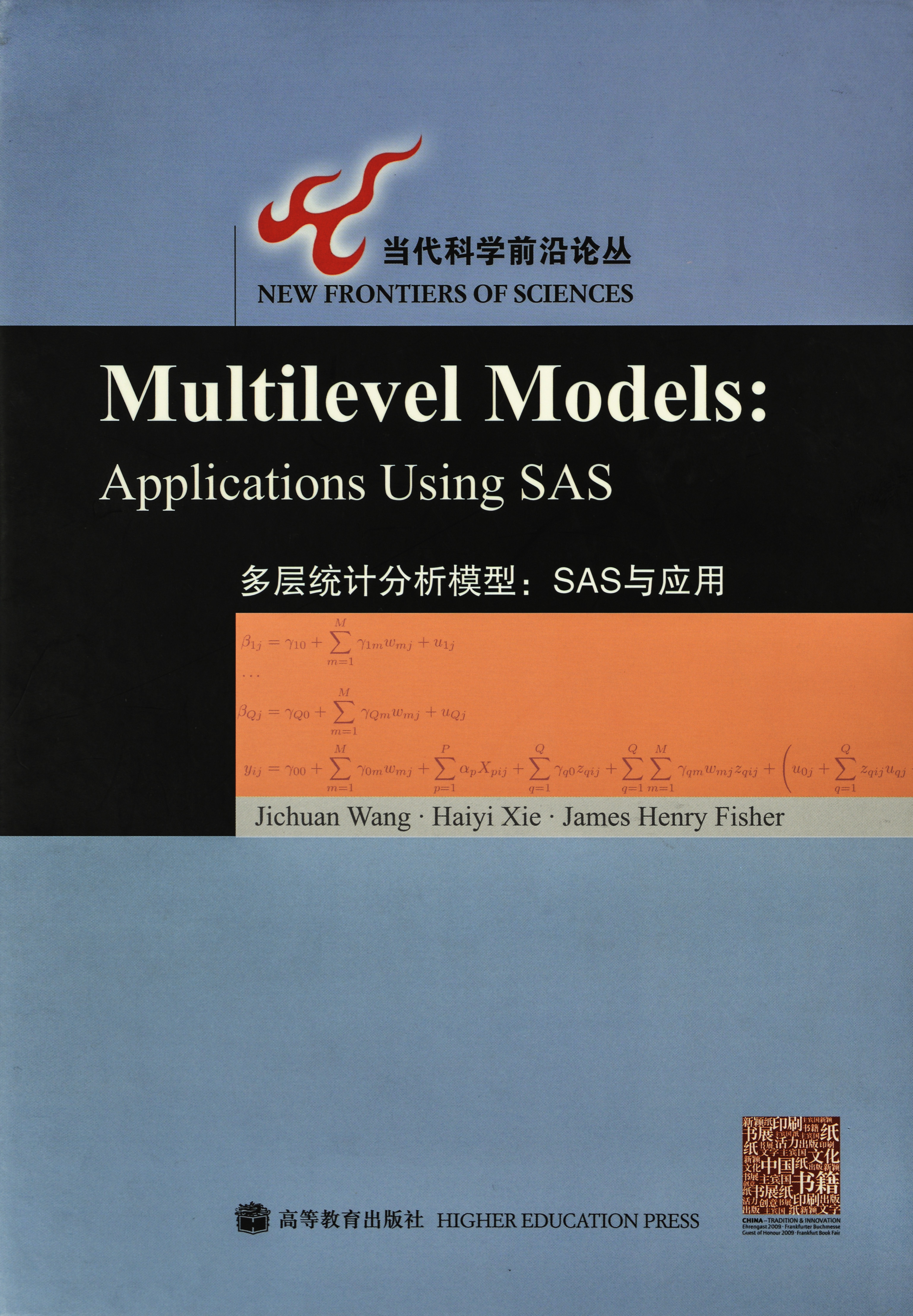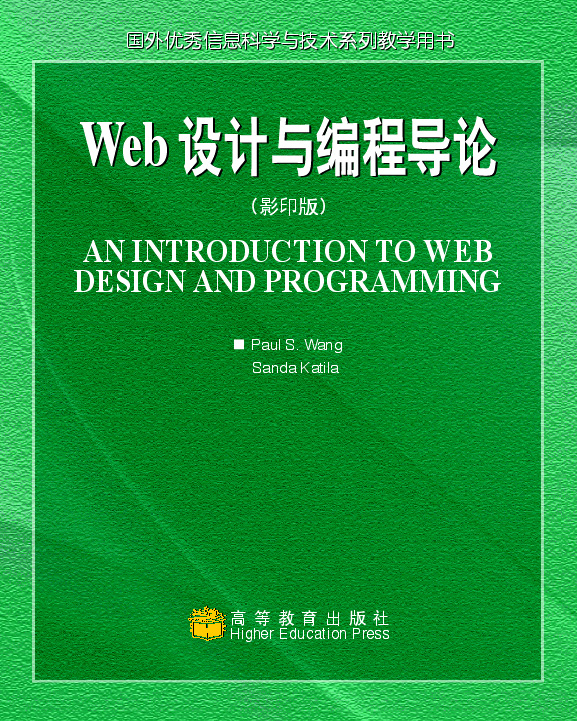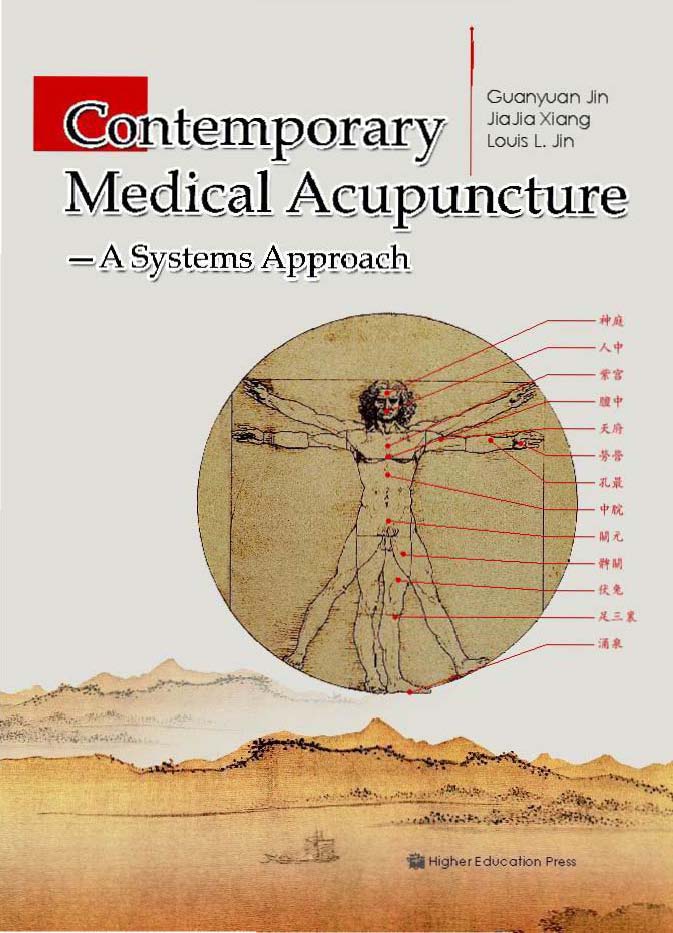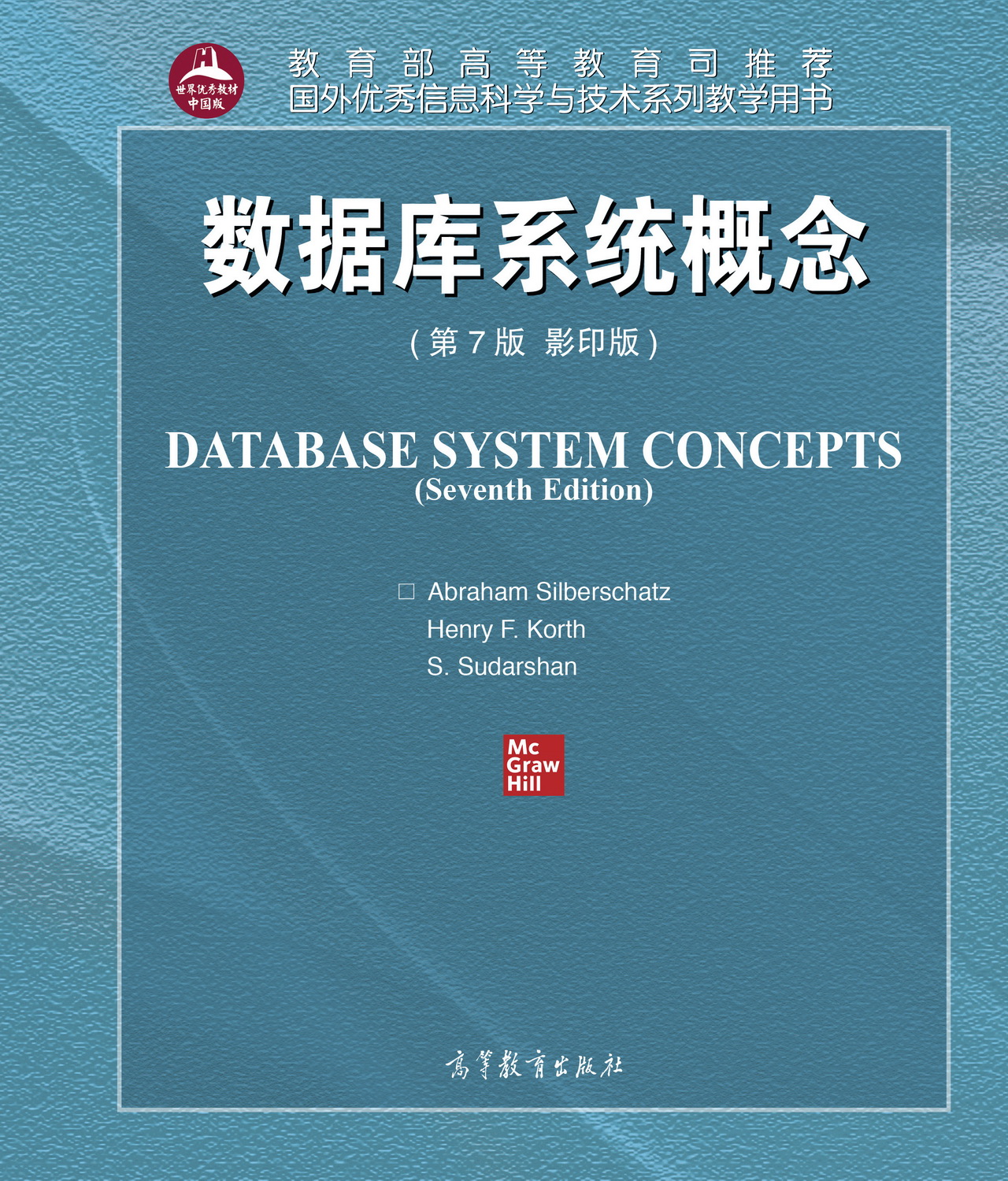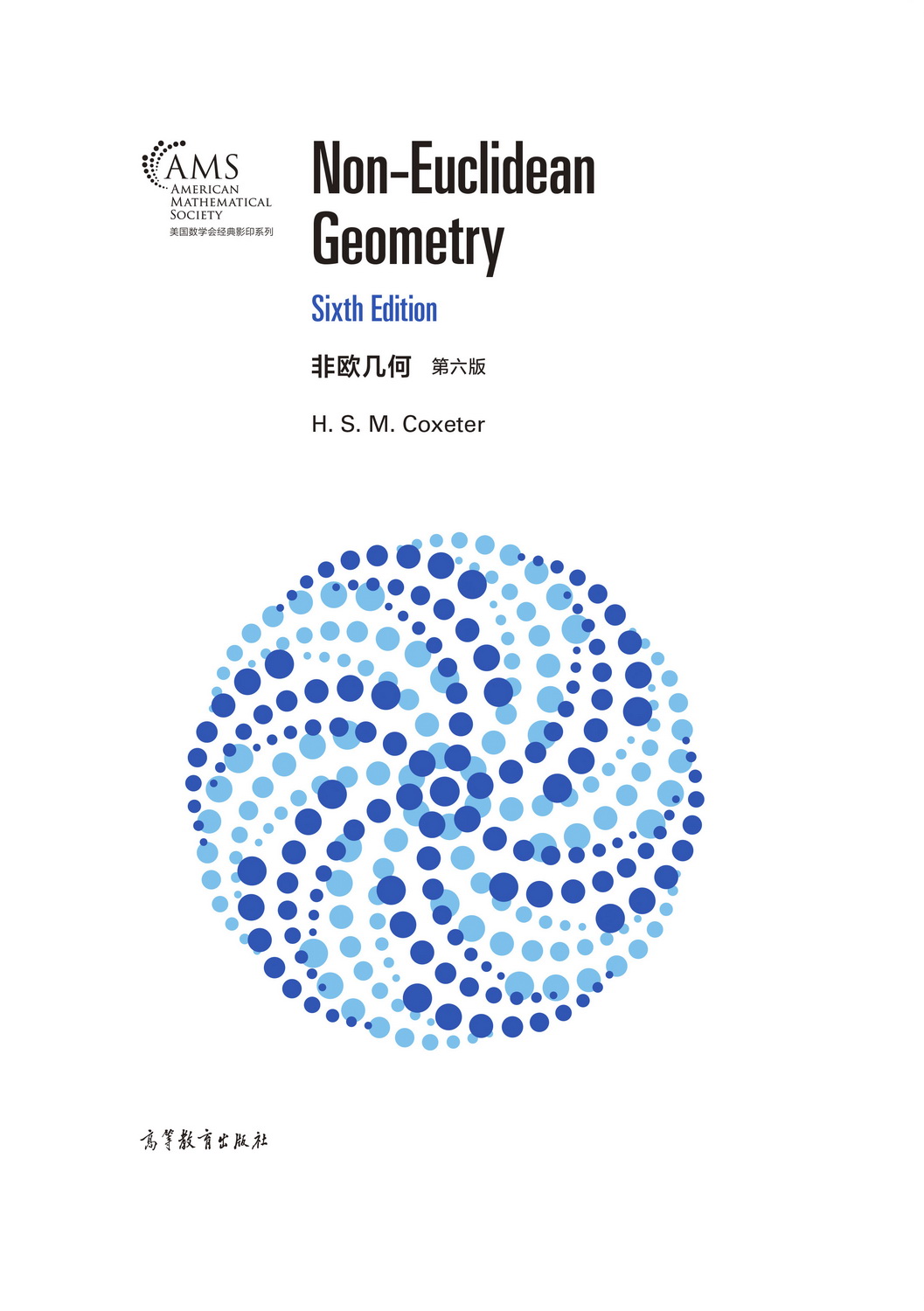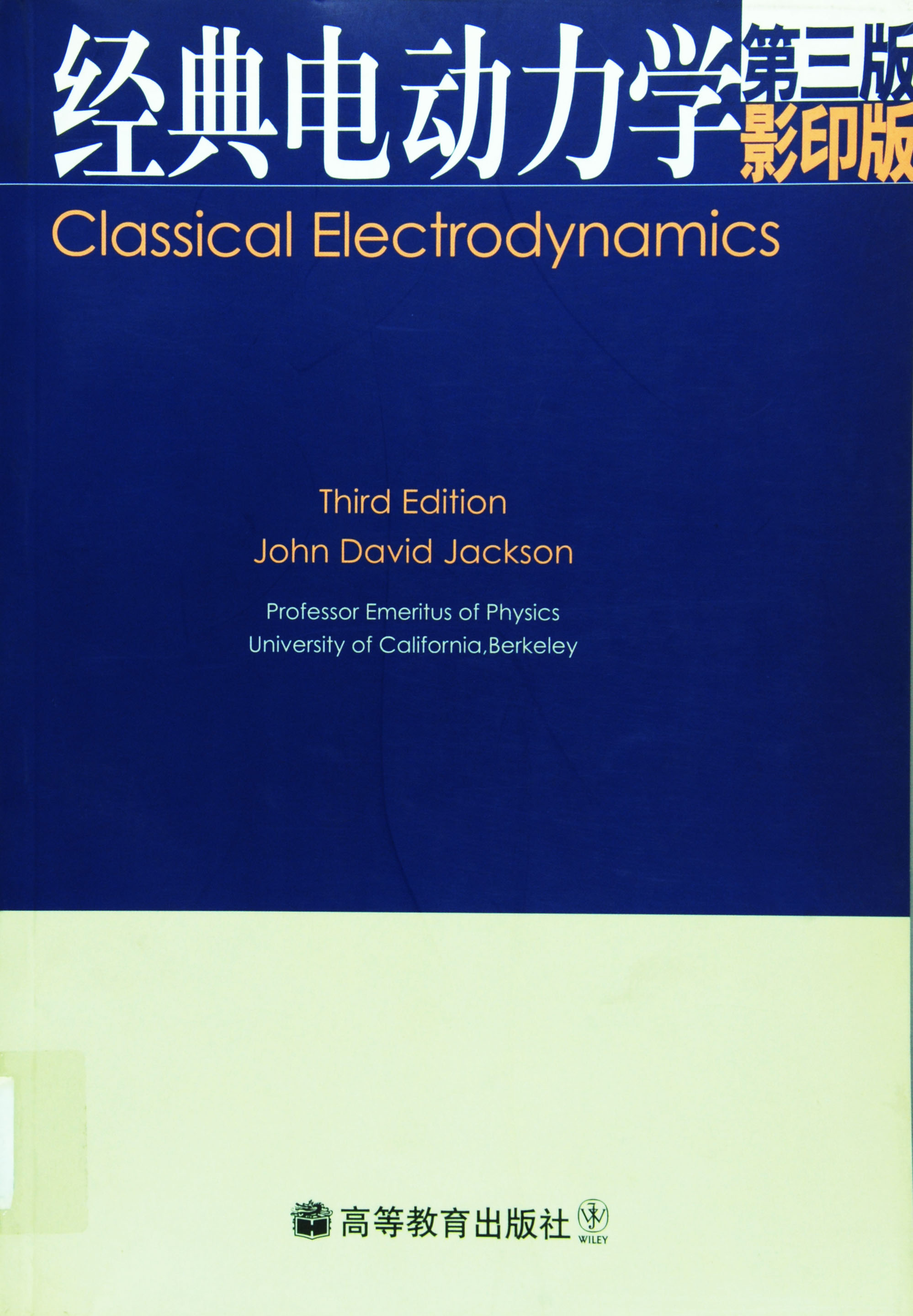计算机系统结构基础(影印版)
作者: [美] Douglas E. Comer
出版时间:2005-12-28
出版社:高等教育出版社
- 高等教育出版社
- 9787040178166
- 1
- 247554
- 平装
- 特殊
- 2005-12-28
- 480
- 369
Preface
Chapter 1 Introduction And Overview
1.1 The Importance Of Architecture
1.2 Learning The Essentials
1.3 Organization Of The Text
1.4 What We Will Omit
1.5 Terminology: Architecture And Design
1.6 Summary
PARTI Basics
Chapter 2 Fundamentals Of Digital Logic
2.1 Introduction
2.2 Electrical Terminology: Voltage And Current
2.3 The Transistor
2.4 Logic Gates
2.5 Symbols Used For Gates
2.6 Construction Of Gates From Transistors
2.7 Example Interconnection Of Gates
2.8 Multiple Gates Per Integrated Circuit
2.9 The Need For More Than Combinatorial Circuits
2.10 Circuits That Maintain State
2.11 Transition Diagrams
2.12 Binary Counters
2.13 Clocks And Sequences
2.14 The Important Concept Of Feedback
2.15 Starting A Sequence
2.16 Iteration In Software Vs. Replication In Hardware
2.17 Gate And Chip Minimization 2. 18 Using Spare Gates
2.19 Power Distribution And Heat Dissipation
2.20 Timing
2.21 Physical Size And Process Technologies
2.22 Circuit Boards And Layers
2.23 Levels Of Abstraction
2.24 Summary
Chapter 3 Data And Program Representation
3.1 Introduction
3.2 Digital Logic And Abstraction
3.3 Bits And Bytes
3.4 Byte Size And Possible Values
3.5 Binary Arithmetic
3.6 Hexadecimal Notation
3.7 Notation For Hexadecimal And Binary Constants
3.8 Character Sets
3.9 Unicode
3.10 Unsigned Integers. Overflow. And Underflow
3.11 Numbering Bits And Bytes
3.12 Signed Integers
3.13 An Example Of Two's Complement Numbers
3.14 Sign Extension
3.15 Floating Point
3.16 Special Values
3.17 Range Of IEEE Floating Point Values
3.18 Data Aggregates
3.19 Program Representation
3.20 Summary
PART II Processors
Chapter 4 The Variety Of Processors And Computational Engines
4.1 Introduction
4.2 Von Neumann Architecture
4.3 Definition Of A Processor
4.4 The Range Of Processors
4.5 Hierarchical Structure And Computational Engines
4.6 Structure Of A Conventional Processor
4.7 Definition Of An Arithmetic Logic Unit (ALU)
4.8 Processor Categories And Roles
4.9 Processor Technologies
4.10 Stored Programs
4.11 The Fetch-Execute Cycle
4.12 Clock Rate And Instruction Rate
4.13 Control: Getting Started And Stopping
4.14 Starting The Fetch-Execute Cycle
4.15 Summary
Chapter 5 Processor Types And Instruction Sets
5.1 Introduction
5.2 Mathematical Power, Convenience, And Cost
5.3 Instruction Set And Representation
5.4 Opcodes, Operands, And Results
5.5 Typical Instruction Formal
5.6 Variable-Length Vs. Fixed-Length Instructions
5.7 General-Purpose Registers
5.8 Floating Point Registers And Register Identification
5.9 Programming With Registers
5.10 Register Banks
5.11 Complex And Reduced Instruction Sets
5.12 RISC Design And The Execution Pipeline
5.13 Pipelines And Instruction Stalls
5.14 Other Causes Of Pipeline Stalls
5.15 Consequences For Programmers
5.16 Programming, Stalls, And No-Op Instructions
5.17 Forwarding
5.18 Types Of Operations
5.19 Program Counter, Fetch-Execute, And Branching
5.20 Subroutine Calls, Arguments, And Register Windows
5.21 An Example Instruction Set
5.22 Minimalistic Instruction Set
5.23 The Principle Of Orthogonality
5.24 Condition Codes And Conditional Branching
5.25 Summary
Chapter 6 Operand Addressing And Instruction Representation
6.1 Introduction
6.2 Zero One. Two. Or Three Address Designs
6.3 Zero Operands Per Instruction
6.4 One Operand Per Instruction
6.5 Two Operands Per Instruction
6.6 Three Operands Per Instruction
6.7 Operand Sources And Immediate Values
6.8 The Von Neumann Bottleneck
6.9 Explicit And Implicit Operand Encoding
6.10 Operands That Combine Multiple Values
6.11 Tradeoffs In The Choice Of Operands
6.12 Values In Memory And Indirect Reference
6.13 Operand Addressing Modes
6.14 Summary
Chapter 7 CPUs: Microcode, Protection, And Processor Modes
7.1 Introduction
7.2 A Central Processor
7.3 CPU Complexity
7.4 Modes Of Execution
7.5 Backward Compatibility
7.6 Changing Modes
7.7 Privilege And Protection
7.8 Multiple Levels Of Protection
7.9 Microcoded Instructions 7.10 Microcode Variations
7.11 The Advantage Of Microcode
7.12 Making Microcode Visible To Programmers
7.13 Vertical Microcode
7.14 Horizontal Microcode
7.15 Example Horizontal Microcode 7.16 A Horizontal Microcode Example
7.17 Operations That Require Multiple Cycles
7.18 Horizontal Microcode And Parallel Execution
7.19 Look-Ahead And High Performance Execution 7.20 Parallelism And Execution Order
7.21 Out-Of-Order Instruction Execution
7.22 Conditional Branches And Branch Prediction
7.23 Consequences For Programmers
7.24 Summary
Chapter 8 Assembly Languages And Programming Paradigm
8.1 Introduction
8.2 Characteristics Of A High-level Programming Language
8.3 Characteristics Of A Low-Level Programming Language
8.4 Assembly Language
8.5 Assembly Language Syntax And Opcodes
8.6 Operand Order
8.7 Register Names
8.8 Operand Types
8.9 Assembly Language Programming Paradigm And Idioms
8.10 Assembly Code For Conditional Execution
8.11 Assembly Code For A Conditional Alternative
8.12 Assembly Code For Definite Iteration
8.13 Assembly Code For Indefinite Iteration
8.14 Assembly Code For Procedure Invocation
8.15 Assembly Code For Parameterized Procedure Invocation
8.16 Consequence For Programmers
8.17 Assembly Code For Function Invocation
8.18 Interaction Between Assembly And High-Level Languages
8.19 Assembly Code For Variables And Storage
8.20 Two-Pass Assembler
8.21 Assembly Language Macros
8.22 Summary
PART III Memories
Chapter 9 Memory And Storage
9.1 Introduction
9.2 Definition
9.3 The Key Aspects Of Memory
9.4 Characteristics Of Memory Technologies
9.5 The Important Concept Of A Memory Hierarchy
9.6 Instruction And Data Store
9.7 The Fetch-Store Paradigm
9.8 Summary
Chapter 10 Physical Memory And Physical Addressing
10.1 Introduction
10.2 Characteristics Of Computer Memory
10.3 Static And Dynamic RAM Technologies
10.4 Measures Of Memory Technology
10.5 Density
10.6 Separation Of Read And Write Performance
10.7 Latency And Memory Controllers
10.8 Synchronized Memory Technologies
10.9 Multiple Data Rate Memory Technologies
10.10 Examples Of Memory Technologies 10. 11 Memory Organization
10.12 Memory Access And Memory Bus
10.13 Memory Transfer Size
10.14 Physical Addresses And Words
10.15 Physical Memory Operations
10.16 Word Size And Other Data Types
10.17 An Extreme Case: Byte Addressing
10.18 Byte Addressing With Word Transfers
10.19 Using Powers Of Two
10.20 Byte Alignment And Programming
10.21 Memory Size And Address Space
10.22 Programming With Word Addressing
10.23 Measures Of Memory Size
10.24 Pointers And Data Structures
10.25 A Memory Dump
10.26 Indirection And Indirect Operands
10.27 Memory Banks And Interleaving
10.28 Content Addressable Memory
10.29 Ternary CAM
10.30 Summary
Chapter 11 Virtual Memory Technologies And Virtual Addressing
11.1 Introduction
11.2 Definition
11.3 A Virtual Example: Byte Addressing
11.4 Virtual Memory Terminology
/1.5 An Interface To Multiple Physical Memory Systems
11.6 Address Translation Or Address Mapping
11.7 Avoiding Arithmetic Calculation
11.8 Discontiguous Address Spaces
11.9 Other Memory Organizations
11.10 Motivation For Virtual Memory
11.11 Multiple Virtual Spaces And Multiprogramming
11.12 Multiple Levels Of Visualization
11.13 Creating Virtual Spaces Dynamically
11.14 Base-Bound Registers
11.15 Changing The Virtual Space
11.16 Virtual Memory, Base-Bound, And Protection
11.17 Segmentation
11.18 Demand Paging
11.19 Hardware And Software For Demand Paging
11.20 Page Replacement
11.21 Paging Terminology And Data Structures
11.22 Address Translation In A Paging System
11.23 Using Powers Of Two
11.24 Presence, Use, And Modified Bits
11.25 Page Table Storage
11.26 Paging Efficiency And A Translation Lookaside Buffer
11.27 Consequences For Programmers
11.28 Summary
Chapter 12 Caches And Caching
12.1 Introduction 12.2 Definition
12.3 Characteristics Of A Cache
12.4 The Importance Of Caching
12.5 Examples Of Caching
12.6 Cache Terminology
12.7 Best And Worst Case Cache Performance
12.8 Cache Performance On A Typical Sequence
12.9 Cache Replacement Policy 12.10 LRU Replacement
12.11 Multi-level Cache Hierarchy
12.12 Preloading Caches
12.13 Caches Used With Memory
12.14 TLB As A Cache
12.15 Demand Paging As A Form Of Caching
12.16 Physical Memory Cache
12.17 Write Through And Write Back
12.18 Cache Coherence
12.19 L1. L2 and L3 Caches
12.20 Size Of d L3 Caches
12.21 Instruction And Data Caches
12.22 Virtual Memory Caching And A Cache Flush
12.23 Implementation Of Memory Caching
12.24 Direct Mapping Memory Cache
12.25 Using Powers Of Two For Efficiency
12.26 Set Associative Memory Cache
12.27 Consequences For Programmers
12.28 Summary
PART IV I/O
Chapter 13 Input/Output Concepts And Terminology
13.1 Introduction
13.2 Input And Output Devices
13.3 Control Of An External Device
13.4 Data Transfer
13.5 Serial And Parallel Data Transfers
13.6 Self-Clocking Data
13.7 Full-Duplex And Half-Duplex Interaction
13.8 Interface Latency And Throughput
13.9 The Fundamental Idea Of Multiplexing
13.10 Multiple Devices Per External Interface
13.11 A Processor's View Of I/O 13. 12 Summary
Chapter 14 Buses And Bus Architectures
14.1 Introduction
14.2 Definition Of A Bus
14.3 Processors, I/O Devices, And Buses
14.4 Proprietary And Standardized Buses
14.5 Shared Buses And An Access Protocol
14.6 Multiple Buses
14.7 A Parallel, Passive Mechanism
14.8 Physical Connections
14.9 Bus Interface
14.10 Address. Control, And Data Lines 14.11 The Fetch-Store Paradigm 14.12 Fetch-Store Over A Bus
14.13 The Width Of A Bus
14.14 Multiplexing
14.15 Bus Width And Size Of Data Items
14.16 Bus Address Space
14.17 Potential Errors
14.18 Address Configuration And Sockets
14.19 Many Buses Or One Bus
14.20 Using Fetch-Store With Devices
14.21 An Example Of Device Control Using Fetch-Store
14.22 Operation Of An Interface
14.23 Asymmetric Assignments
14.24 Unified Memory And Device Addressing
14.25 Holes In The Address Space
14.26 Address Map
14.27 Program Interface To A Bus
14.28 Bridging Between Two Buses
14.29 Main And Auxiliary Buses
14.30 Consequences For Programmers
14.31 Switching Fabrics
14.32 Summary
Chapter 15 Programmed And Interrupt-Driven I/O
15.1 Introduction
15.2 I/O Paradigms
15.3 Programmed I/O
15.4 Synchronization
15.5 Polling
15.6 Code For Polling
15.7 Control And Status Registers
15.8 Processor Use And Polling
15.9 First. Second And Third Generation Computers
15.10 Interrupt-Driven I/O
15.11 A Hardware Interrupt Mechanism
15.12 Interrupts And The Fetch-Execute Cycle
15.13 Handling An Interrupt
15.14 Interrupt Vectors
15.15 Initialization And Enabling And Disabling Interrupts
15.16 Preventing Interrupt Code From Being Interrupted
15.17 Multiple Levels Of Interrupts
15.18 Assignment Of Interrupt Vectors And Priorities
15.19 Dynamic Bus Connections And Pluggable Devices
15.20 The Advantage Of Interrupts
15.21 Smart Devices And Improved I/O Performance
15.22 Direct Memory Access (DMA)
15.23 Buffer Chaining
15.24 Scatter Read And Gather Write Operations
15.25 Operation Chaining
15.26 Summary
Chapter 16 A Programmer's View Of Devices, I/O, And Buffering
16.1 Introduction
16.2 Definition Of A Device Driver
16.3 Device Independence. Encapsulation, And Hiding
16.4 Conceptual Pans Of A Device Driver
16.5 Two Types Of Devices
16.6 Example Flow Through A Device Driver
16.7 Queued Output Operations
16.8 Forcing An Interrupt
16.9 Queued Input Operations
16.10 Devices That Support Bi-Directional Transfer
16.11 Asynchronous Vs. Synchronous Programming Paradigm
16.12 Asynchrony, Smart Devices, And Mutual Exclusion
16.13 I/O As Viewed By An Application
16.14 Run-Time I/O Libraries
16.15 The Library/Operating System Dichotomy
16.16 I/O Operations The OS Supports
16.17 The Cost Of I/O Operations
16.18 Reducing The System Call Overhead 16./9 77w Important Concept Of Buffering
16.20 Implementation of Buffering
16.21 Flushing A Buffer
16.22 Buffering On Input 16.2J Effectiveness Of Buffering
16.24 Buffering In An Operating System
16.25 Relation To Caching
16.26 An Example: The Unix Standard I/O Library
16.27 Summary
PART V Advanced Topics
Chapter 17 Parallelism
17.1 Introduction
17.2 Parallel And Pipelined Architectures
17.3 Characterizations Of Parallelism
17.4 Microscopic Vs. Macroscopic
17.5 Examples Of Microscopic Parallelism
17.6 Examples Of Macroscopic Parallelism
17.7 Symmetric Vs. Asymmetric
17.8 Fine-grain Vs. Coarse-grain Parallelism
17.9 Explicit Vs. Implicit Parallelism
17.10 Parallel Architectures
17.11 Types Of Parallel Architectures (Flynn Classification)
17.12 Single Instruction Single Data (SISD)
17.13 Single Instruction Multiple Data (S1MD)
17.14 Multiple Instructions Multiple Data (M1MD)
17.15 Communication, Coordination, And Contention
17.16 Performance Of Multiprocessors
17.17 Consequences For Programmers
17.18 Redundant Parallel Architectures
17.19 Distributed And Cluster Computers
17.20 Summary
Chapter 18 Pipelining
18.1 Introduction
18.2 The Concept Of Pipelining
18.3 Software Pipelining
18.4 Software Pipeline Performance And Overhead
18.5 Hardware Pipelining
18.6 How Hardware Pipelining Increases Performance
18.7 When Pipelining Can Be Used
18.8 The Conceptual Division Of Processing
18.9 Pipeline Architectures
18.10 Pipeline Setup. Stall. And Flush Times
18.11 Definition Of Superpipeline Architecture
18.12 Summary
Chapter 19 Assessing Performance
19.1 Introduction
19.2 Measuring Power And Performance
19.3 Measures Of Computational Power
19.4 Application Specific Instruction Counts
19.5 Instruction Mix
19.6 Standardized Benchmarks
19.7 I/O And Memory Bottlenecks
19.8 Boundary Between Hardware And Software
19.9 Choosing Items To Optimize
19.10 Amdahl's Law And Parallel Systems
19.11 Summary
Chapter 20 Architecture Examples And Hierarchy
20.1 Introduction
20.2 Architectural Levels
20.3 System-Level Architecture: A Personal Computer
20.4 Bus Interconnection And Bridging
20.5 Controller Chips And Physical Architecture
20.6 Virtual Buses
20.7 Connection Speeds
20.8 Bridging Functionality And Virtual Buses
20.9 Board-Level Architecture
20.10 Chip-Level Architecture
20.11 Structure Of Functional Units On A Chip
20.12 Summary
20.13 Hierarchy Beyond Computer Architectures
Appendix 1 Lab Exercises For A Computer Architecture Course
A 1.1 Introduction
A 1.2 Digital Hardware For A Lab
A 1.3 Solderless Breadboard
A 1.4 Using A Solderless Breadboard
A 1.5 Testing
A 1.6 Power And Ground Connections
A 1.7 Lab Exercises
1 Introduction and account configuration
2 Digital Logic: Use of a breadboard
3 Digital Logic: Building an adder from gates
4 Digital Logic: Clocks and demultiplexing
5 Representation: Testing big endian vs. little endian
6 Representation: A hex dump program in C
7 Processors: Learn a RISC assembly language
8 Processors: Function that can be called from C
9 Memory: row-major and column-major array storage
10 Input/Output: a buffered I/O library
11 A hex dump program in assembly language
Bibliography
Index

